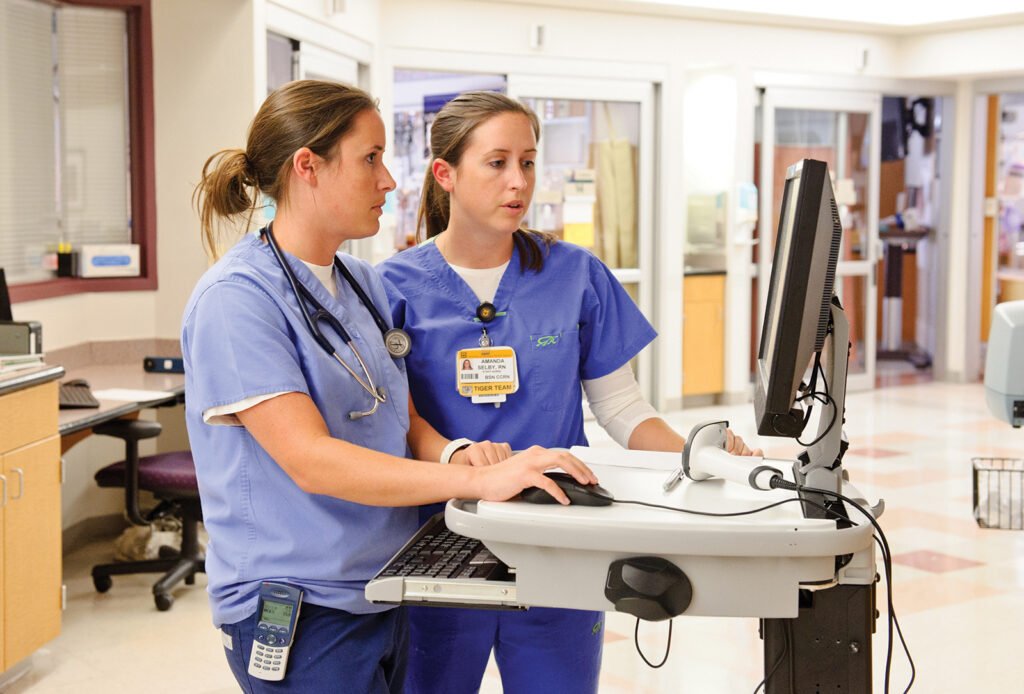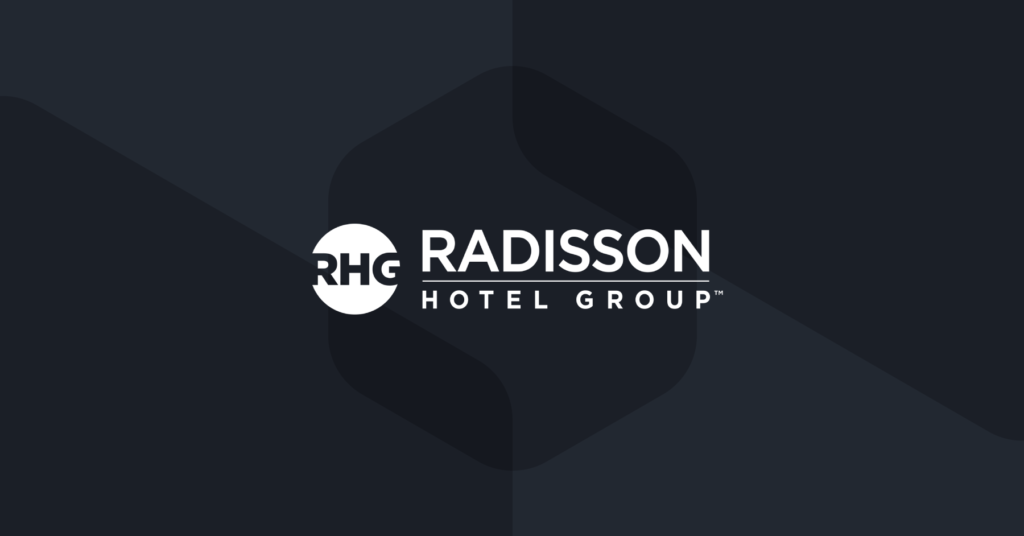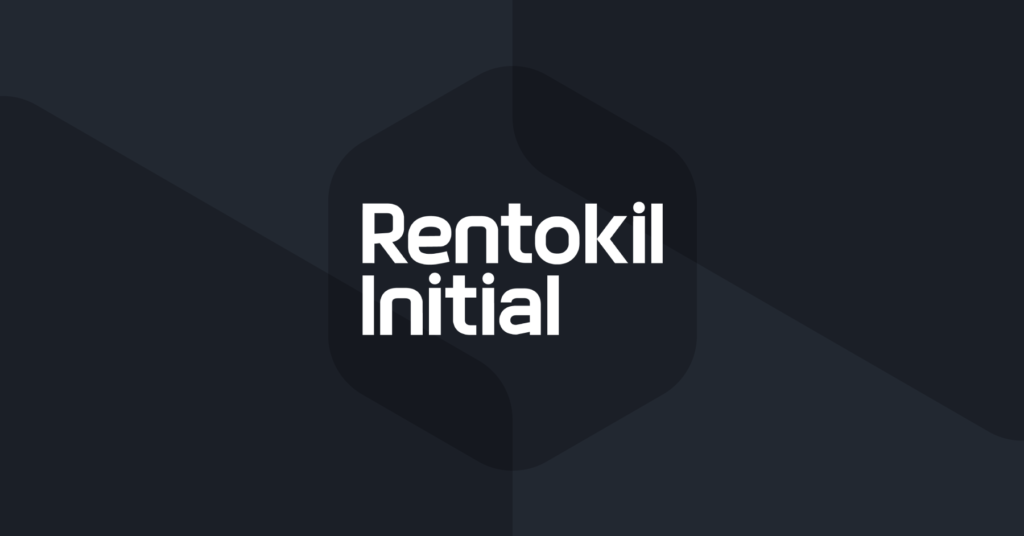Cerner Strengthens Managed IT Services Offering to Healthcare Clientele with Lansweeper
Cerner Corporation is an American supplier of health information technology (IT) solutions, services, devices and hardware. Its products are used by more than 27,000 healthcare facilities globally. Cerner ITWorks is a division of the company that provides strategic IT outsourcing, including helpdesk, application management, upgrades and remote hosting.
In 2016, the team at Cerner ITWorks realized they needed a better solution for providing visibility into the IT assets across the 28 hospitals for which Cerner provides outsourced IT services. Using Lansweeper, they were able to create a complete and accurate software and hardware asset inventory for all 28 locations. With this data, Cerner’s team can provide its clients with actionable insights that help reduce the cost and safety risks of outdated medical devices and protect the hospitals’ networks from vulnerabilities, malware and other IT security threats.
Goals
- Provide Cerner’s healthcare customers with visibility into their IT environments
- Maintain an accurate software and hardware asset inventory for 28 hospital locations
- Reduce risk of malware and vulnerabilities across the IT infrastructure
- Enable operational efficiency with data insights and detailed reporting
Results
- Promptly gained a consistent and more complete view of the entire infrastructure
- Saved time and resources spent on software updates
- Enabled better identification of vulnerabilities, malware and security threats
- Enabled prompt decision making with automatic daily and ad-hoc reports
“I knew Lansweeper would provide us with the data about installed systems and software, so we would be able to manage IT costs and ensure our clients are getting maximum value from their infrastructure.”

Unique Requirements of Healthcare IT Mandated Complete Visibility
A prevalent challenge in Healthcare IT is ensuring medical devices are running up-to-date software. Unfortunately, Microsoft’s decision to sunset Windows 7 earlier this year means many medical devices now contain critical vulnerabilities for which updates and patches are no longer available. According to research from Palo Alto Networks, 83% of medical imaging devices are running outdated operating systems, up 56% since 2018. Combined with the Bring Your Own Device (BYOD) culture the majority of healthcare organizations support, these devices are susceptible to threats and malware, which can originate from an employee’s mobile device, for instance, and spread throughout the IT network.
Not only is patient safety at risk, but the costs of such vulnerabilities can be extremely high. Since 2016, ransomware attacks on healthcare organizations in the U.S. cost more than $157 million in losses and impacted more than 1400 hospitals.
With so much at stake, it was a priority for the IT services team at Cerner to provide its healthcare customers with visibility into their IT environments and ensure they were managing them correctly. “We wanted to have a centralized and consistent view of all of the data from the 28 sites we managed, but there was no system that could provide us that level of detail,” said Phil Blankenstein, IT Manager at Cerner, who is responsible for IT Standards and Tools used within Cerner’s Managed Services IT Outsourcing offering. “The solutions we had weren’t delivering the accuracy we needed, and we had no single source of truth.”
According to Blankenstein, the data from the various IT environments his team managed was scattered among multiple tools and manual inventory logs. Cerner’s associates at the various hospital sites would report on the IT environment in different ways, with varying levels of accuracy. “We had limited ability to verify compliance against even our own policies and procedures,” he said.
Why ITAM is Crucial for Healthcare Organizations
Join Lansweeper and Tyler Webb, Information Security Lead of the Benefis Health System for an in-depth discussion and live Q&A.
WATCH THE WEBINARLack of Visibility Posed Serious Risk
The lack of a centralized asset inventory was putting the team — and the hospitals it served — at risk, and made accurate reporting impossible. “As a managed service provider, our clients look to us to maintain best practices for minimizing risk in their IT environments — but if you don’t understand your environment, how can you manage it and improve it?” Blankenstein had used Lansweeper two years prior and understood the value and simplicity of the solution. “I felt it would provide the level of detail we needed to help our clients improve operations,” he said.
Managing IT expenses was also an important factor in his decision, as hospitals look to Cerner to ensure operational efficiency while being conscious of expenditures. “I knew Lansweeper would provide us with the data about installed systems and software, so we would be able to manage IT costs and ensure our clients are getting maximum value from their infrastructure,” he said.

Complete Asset Inventory Management Across 28 Sites
Lansweeper’s agentless discovery model automatically scans and inventories all IT assets on a location’s network — hardware specifications, installed software, user details and more — without having to install any software on the devices themselves. This level of visibility enables comprehensive IT management while simplifying audits and compliance activities.
Lansweeper’s solution includes a ticket-based helpdesk system and enables seamless software updates on target devices.
“Lansweeper provides complete end-to-end visibility across the IT network, driving consistency across our sites and enabling us to understand and report on the health of a hospital’s infrastructure with accuracy, regardless of where the service is being provided.”
Deployment Was “Fast and Painless”
Currently, more than 150 Cerner associates use the Lansweeper solution across the organization. This includes about 30 people on the core team, associates stationed at Cerner’s hospital locations, and about 10 employees in Bangalore who are responsible for managing system backup and other standard procedures across the managed environments.
“Deploying Lansweeper required little effort to install, and getting people up and running on the system was fast and painless,” said Blankenstein.
The team in Bangalore uses Lansweeper to identify new devices and systems on the network so that they can configure them with the appropriate software and backup solutions. “Lansweeper helps our team in Bangalore enforce consistent policies and procedures to minimize risk across all of the environments we manage.”
“More Helpful than I Ever Imagined”
Although Blankenstein had high expectations for Lansweeper, its capabilities have exceeded them. “The more I dive into Lansweeper, the more functionality I discover, and I’m realizing it’s more helpful than I could have ever imagined.”
For instance, Lansweeper has been particularly helpful for deploying Microsoft’s January 2020 security update, which fixed 49 vulnerabilities, including eight listed as “critical.” One of them was the infamous CryptoAPI, which can allow a threat actor to fake file signatures and launch man-in-the-middle attacks on encrypted HTTPS communications.
“We’ve had a major initiative to ensure all our sites are protected against this threat,” Blankenstein said. “Lansweeper tells us exactly how many devices are still potentially vulnerable, so we can focus our efforts and eliminate that risk for our clients.” The team also uses Lansweeper to verify information they pull from other tools, while enhancing the data they provide with additional information. “Lansweeper provides greater detail and insight because it’s scanning the IT environment and providing information in real time,” he said.
Why ITAM is Crucial for Healthcare Organizations
Join Lansweeper and Daniel Hofmann, CISO of the Phoenix Pharma Group for an in-depth discussion and live Q&A
WATCH THE WEBINAR
Remote Discovery Saves Time and Resources
Lansweeper reveals which devices are due for a patch or upgrade, helping Blankenstein’s team save time and resources for software updates. “Prior to Lansweeper, we would have to spend a lot of time physically evaluating devices and machines before we even knew what updates they needed,” Blankenstein said. “With Lansweeper, we have that information up-front and can make an appointment to deploy the updated software, without having to spend time doing discovery on-site.”
“Prior to Lansweeper, we would have to spend a lot of time physically evaluating devices and machines before we even knew what updates they needed,”
With insight into not only the number of assets in an environment but the required patches, updates, fixes and other necessary maintenance tasks, Blankenstein can better allocate staffing and control costs. “Being able to fully see what’s truly in the environment is very helpful when you’re trying to make sure you’ve got the right staffing levels to support it,” he said.

Detailed, Automated Reporting Enables Swift Decision-Making
Lansweeper automatically runs daily reports on all of the environments Cerner manages and delivers them to the associates at each location, drastically reducing the time it takes to get up to speed on what’s happening across the sites. The team can also run ad-hoc reports when there’s a specific issue or threat.
“Lansweeper’s reporting capabilities have enabled us to react quickly when there’s an inquiry or urgent vulnerability impacting the environments we manage,” said Shannon Troutt, Sr. Support Team Lead at Cerner Corporation. “We can request a report and have the information delivered back to a central repository, which gives us a holistic view and the ability to make more informed decisions about how to address it.”
Lansweeper’s reporting features help Cerner with preventative maintenance, as well. “Knowing what’s in the environment enables us to determine if there will be integration or compatibility issues with software we plan to deploy,” said Troutt. “Lansweeper’s reporting capabilities help us tighten that down and plan accordingly. Being able to push software out via the solution’s centralized deployment capability is also helpful.”
An Eye on the Cloud
Moving forward, Lansweeper will continue to be an important tool for Blankenstein, whose team is anticipating Lansweepers cloud-native platform, which he says may open up other use cases for the solution.
“The cloud platform of Lansweeper will enable us to provide additional capabilities at the helpdesk level, such as identifying what devices a caller is using when they contact support,” he said. “It will also allow us to slice and dice data in a more granular way, such as running independent reports for specific sites and combining that information with some of our centralized intelligence. That will be of great value to Cerner and the organizations we serve.”


